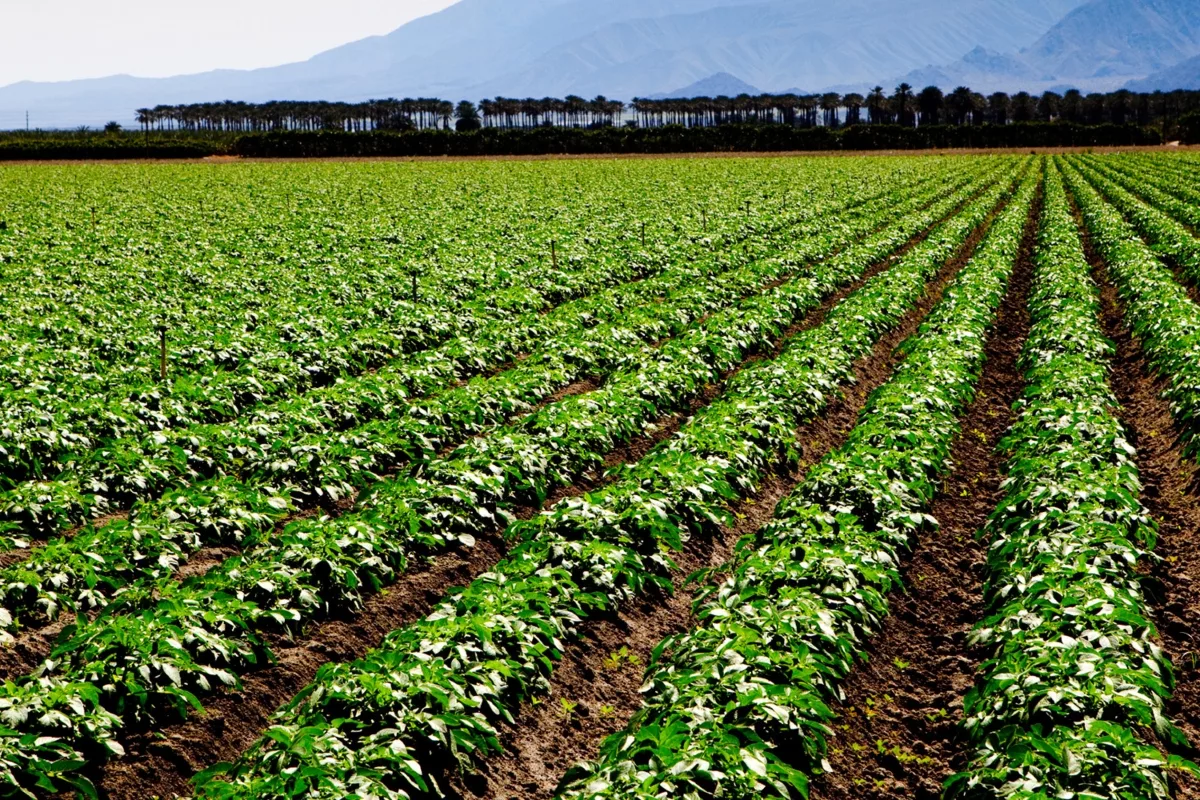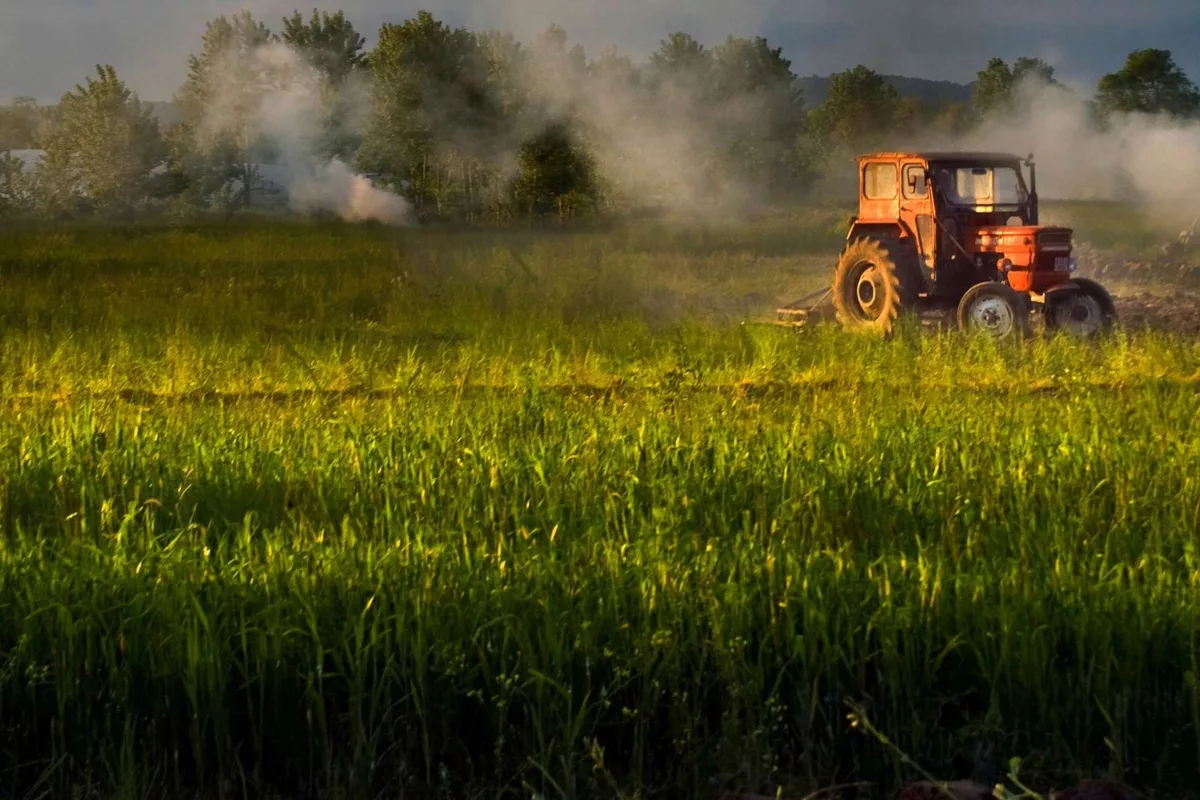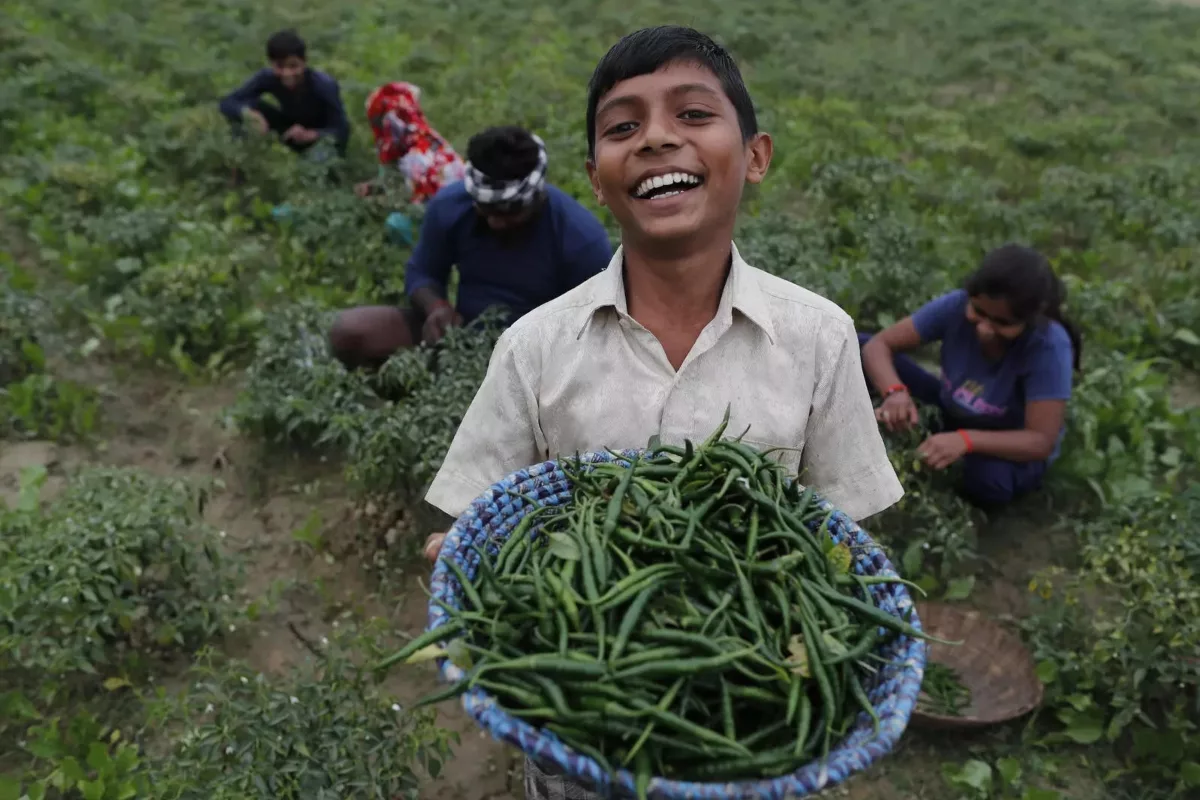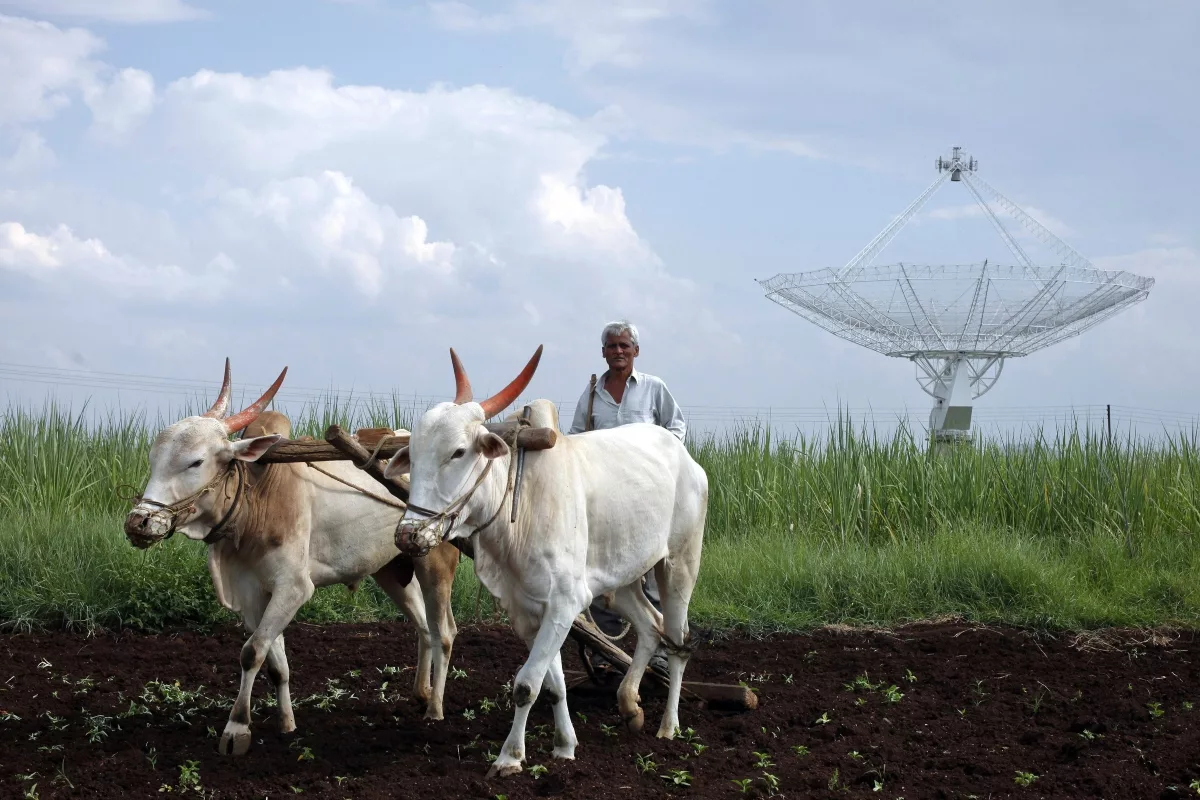Revolutionizing Agriculture: PM Announces 5-Fold Increase in Budget to 71.25 Lakh Crore in Just 9 Years!
PM Modi's Bold Investment to Transform Indian Agriculture and Empower Farmers for a More Prosperous Future

Agriculture employs almost half of India’s people and makes up 17% of the country’s gross domestic product. Even though Indian agriculture is important, it has had problems for a long time, such as low yields, a lack of infrastructure, and limited market access. In recent years, the government has put in a lot of work to deal with these problems and help agriculture grow. In response, Prime Minister Modi has promised that the farm budget will increase fivefold over the next nine years, to 71.25 lakh crore.
This risky investment is a crucial component of the government’s strategy to modernize Indian agriculture and provide farmers with more effective tools for the future. In this paper, we will examine the background of this alteration, the specifics of the proposed budget increase, the potential consequences, and the future of agriculture in India.

Background: Challenges and Efforts to Support Agriculture
Before diving into the specifics of what Prime Minister Modi said, it is essential to understand the state of Indian agriculture prior to this budget increase. For years, India’s farmers have struggled due to a lack of crops, inadequate infrastructure, and their inability to transport their commodities to market. Due to these issues, there are few investments and revenues in the sector, which perpetuates the cycle of poverty and underdevelopment in the region.
In recent years, the government has done a lot to deal with these problems and help agriculture grow. In 2016, it launched the Pradhan Mantri Fasal Bima Yojana (PMFBY), a crop insurance programme designed to safeguard farmers from natural calamities and market volatility. In addition, the government has invested heavily in irrigation infrastructure projects such as the Pradhan Mantri Krishi Sinchai Yojana (PMKSY), which provides funding for the improvement of irrigated land through the development of water resources.
Notwithstanding these efforts, India’s agricultural sector faces obstacles. In recent years, an increasing number of farmers across the nation have taken to the streets to demand that the government assist them more effectively and invest more money in the agriculture industry.

The Increase in Budget: Details and Potential Impact
For the next nine years, Prime Minister Modi has pledged to raise financing for agriculture by a factor of five, or Rs. 71.25 lakh crore. A substantial amount of capital has been invested in the business, which may have significant effects on agriculture in India.
According to the administration, the funds will be used for different projects that will benefit farmers and promote the expansion of the agricultural industry. For example, a large portion of the funds will be used to make it easier for farmers to obtain loans, which will provide them with the tools they need to expand their businesses and earn more money. The government wants to invest in rural roads and electrical lines so that farmers can reach markets and earn more money.
The government has also said that it plans to spend more on agricultural research and development (R&D) in order to help farmers increase crop yields and quality by making new tools and methods. If Indian farmers are able to maintain their competitive edge in a developing and increasingly global market, this investment in innovation could have a significant impact on the country’s agricultural sector.

This magnitude of an increase in India’s agricultural budget might have numerous repercussions. If farmers have more cash on hand, they can improve their operations, harvest more crops, and earn more money. This implies farmers may have more money to spend on needs such as health care, education, and food. This could help combat poverty and promote rural development.
More money needs to be put into rural infrastructure because cheaper transportation and better access to markets would help rural areas a lot. This could cause prices for farm products to go up, which would be good for farmers and the economy as a whole. With more money for research and development, Indian farming could become more productive, efficient, and long-lasting.

Challenges and Opportunities for Sustainable Agricultural Development in India
In the last few decades, India’s agricultural business has made a lot of progress, but there are still a lot of problems that need to be fixed for it to be successful in the long run. Farmers in India face significant issues with soil deterioration. Due to the excessive use of pesticides and intensive farming, soil fertility has decreased. This makes it more difficult to cultivate crops and reduces crop output.
The management of the water supply is another arduous task. India is one of the nations with the greatest water-related issues. In some areas of the country, there is a water shortage. Since excessive groundwater extraction depletes water supplies even further, the water shortage has worsened. Climate change has a significant impact on the amount of available water because it increases the frequency and severity of droughts and alters how rain falls.
Deforestation, changes in how land is used, and loss of biodiversity are also long-term problems for Indian agriculture. The only way to solve these problems is for the government to work on promoting agricultural growth by focusing on soil health, water management, and protecting biodiversity.

Methods of farming that do not harm the environment are one solution to these issues. Conservation agriculture aims to improve the health of the soil, use fewer herbicides, and work the soil less often. Organic farming and agroforestry, the practise of introducing trees to fields to promote soil health, are two more methods for making agriculture more sustainable.
In conclusion, India’s current and future goals for agricultural expansion are ambiguous and convoluted. This requires a long-term strategy. India has the potential to be a global leader in sustainable agriculture, with a robust, thriving, and environmentally friendly agricultural sector that benefits farmers, consumers, and the environment. This can be accomplished through investing in sustainable farming practises, fostering innovation, and maintaining a long-term perspective on agricultural growth.
Conclusion
Also, Prime Minister Modi’s promise that the government will improve Indian agriculture and give farmers more power by increasing the budget for the sector by five times in nine years to 71.25 lakh crore is a big step forward. The government might be able to change the industry by investing in money, infrastructure, and new ideas. This could help reduce poverty and grow the economy. However, the project’s success will depend on a variety of factors, including how successfully it is implemented, how much money is invested over time, and how much commercial support it has. India’s agricultural sector could become a world leader if the right steps are taken. This would be good for farmers, consumers, and the economy.
Edited by Prakriti Arora




